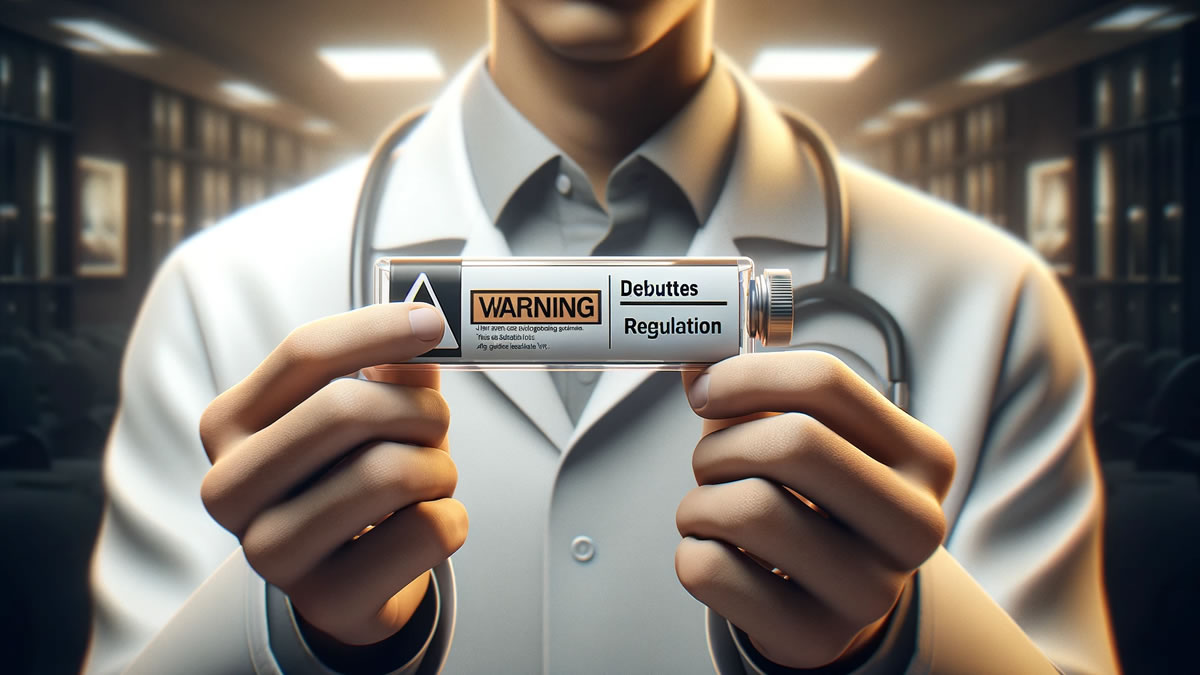Policies for Curbing the Youth Vaping Epidemic
Skyrocketing rates of vaping among adolescents prompt growing calls for aggressive policy interventions. As warnings and marketing limits prove inadequate, regulators face pressure to slash allowable nicotine levels.
The Alarming Rise of Teenage Vaping
Youth vaping surged over the last decade as fruit flavors and discreet devices implicitly targeted curious kids. Results from the 2021 National Youth Tobacco Survey found over 2 million middle and high school students currently using e-cigarettes.
In response to these rates, escalating teen addiction has forced regulatory reckoning. But initial efforts centered on packaging and promotions ignore the central driver of compulsive use: exceptionally high nicotine concentrations facilitating easy inhalation.

Current Regulations: Warnings and Restricted Marketing
Seeking to inform consumers, the FDA now requires all vaping packages to display one of eleven agency-approved warning labels. Messages highlight conditions like lung disease, child poisoning dangers, and the addictive nature of nicotine.
Meanwhile, new laws prohibit kid-friendly synthetic nicotine products. Disposable vapes can no longer bear cartoon imagery or use names evoking products like candy or soda.
Calls for Nicotine Limit Reductions
But many experts doubt such moves alone will curb youth vaping trends. "Warnings need to accompany significant nicotine reduction in e-cigarettes,” stated Harvard’s Dr. Vaughan Rees.
Likewise, anti-smoking advocates argue that ignoring sky-high nicotine levels enables unchecked addiction regardless of packaging or flavors. As one official noted, “The central issue remains the huge doses of nicotine in these products.”
Until formulas approach combustible cigarettes, vapes may continue hooking adolescents through chemical dependence - no matter the deterrent labels present.
Outlook: Will Tougher Steps Gain Traction?
Current efforts reflect constructive starting points for consumer awareness and age-appropriate marketing. But curtailing the underage usage crisis devastating a generation likely demands directly tackling the sheer potency of modern nicotine delivery systems.
More aggressive proposals have entered policy discussions around targeted taxes, retail restrictions, and even lowering legal sales ages. Yet the most direct lever remains limiting nicotine concentrations to sub-addictive doses.
Whether regulators and lawmakers will gain the conviction to override industry objections and take this step remains an open question. But the wake-up call of a vastly nicotine-dependent next generation demands bold action of some form.
